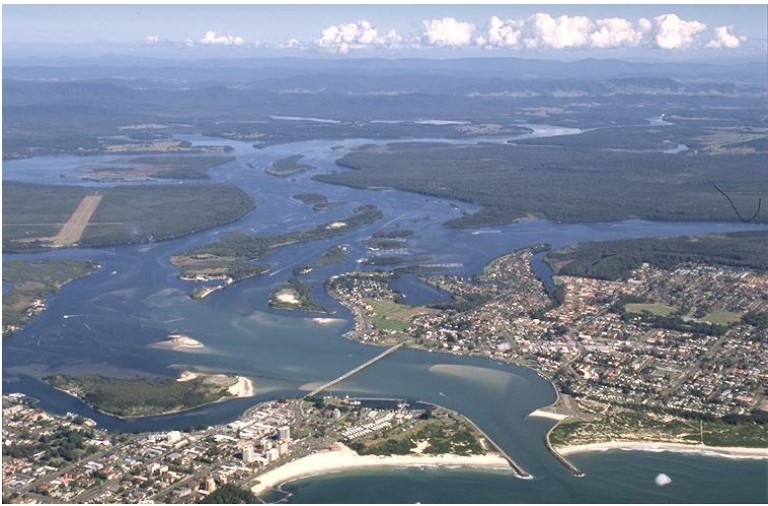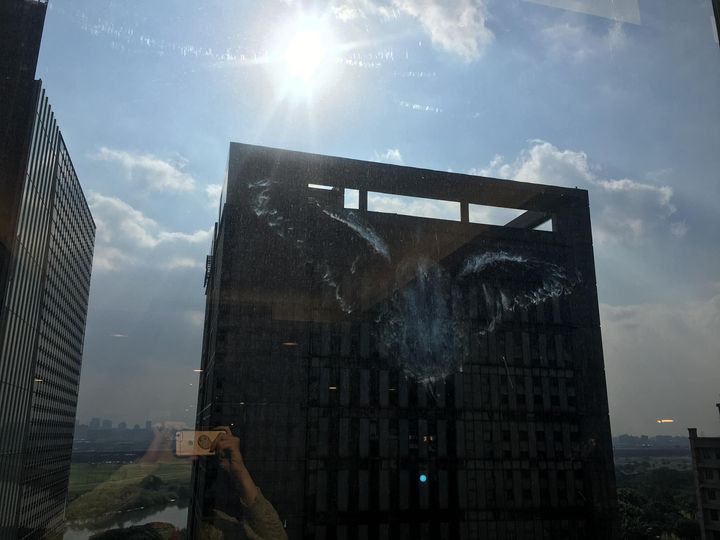The Galapagos Initiative Saving The Enchanted Islands – Dr Stephen Walsh, University Of North Carolina At Chapel Hill
Original Article Reference
This SciPod is a summary of the paper:
https://doi.org/10.33548/SCIENTIA634
About this episode
The Galapagos Islands are facing increasing danger. Local and global forces – including tourism and climate change – threaten the fragile island ecosystems. The high number of unique plants and animals on the islands means that the loss of a Galapagos species may represent a global extinction event. The Galapagos Initiative, founded by Dr Stephen Walsh of the University of North Carolina at Chapel Hill and Dr Carlos Mena of the Universidad San Francisco de Quito, aims to save the Galapagos Islands with an innovative, sustainable strategy combining evidence from key interdisciplinary projects and a robust mapping and modelling program.
This work is licensed under a Creative Commons Attribution 4.0 International License. 
What does this mean?
Share: You can copy and redistribute the material in any medium or format
Adapt: You can change, and build upon the material for any purpose, even commercially.
Credit: You must give appropriate credit, provide a link to the license, and indicate if changes were made.
More episodes
Dr. Bernhard Reinsberg – Dr. Christoph Valentin Steinert | How Human Rights Laws and Economic Competitiveness Can Co-Exist
Research from Dr. Bernhard Reinsberg at the University of Glasgow and Dr. Christoph Valentin Steinert at the University of Zurich reveals how France’s groundbreaking mandatory due diligence law defied business predictions of economic harm. Through analysis of 11,504 French companies over fifteen years, their study demonstrates that requiring firms to monitor human rights and environmental standards in their supply chains had no significant impact on profitability. Their findings challenge widespread industry claims that such regulations threaten competitiveness and provide crucial evidence for policymakers considering similar legislation worldwide.
Alexander Nielsen | The Unintended Impacts of Training Walls and Groynes
Training walls and entrance breakwaters have long been used to keep estuary entrances clear of shoals that threaten boat navigation and increase flood risks for nearby communities. But new research by Alexander Nielsen of Worley Consulting and coastal engineer Angus Gordon reveals that these structures may be causing long-term damage. Their study uncovers how engineered inlets are reshaping the flow of water through estuaries, disrupting wetland ecosystems and triggering costly maintenance challenges.
Dr. Jacqueline Tabler | The Self-Organizing Bone Wave Underlying Skull Growth
We typically take our skulls for granted, beyond their basic function in keeping our brain safe and sound within our head. When you look in the mirror, the shape of your skull, which forms the very structure beneath your face, is something you may not have considered in much detail. However, the story of how your skull came to be, and how bone spread across your embryonic head in perfect symmetry to form a complete and protective dome over your brain, is a marvel of biology that scientists are only just beginning to understand. In a new study led by Dr. Jacqueline Tabler at the Max Planck Institute for Molecular Cell Biology and Genetics, researchers have uncovered a surprising and elegant mechanism behind how skull bones grow that is different to how we typically think of cell movement and migration in the body. Published in the open-access journal Nature Communications, this latest research rewrites what we thought we knew about cell movement, tissue development, and the mechanics of morphogenesis, the process through which an organism takes shape.
Chi-Heng Hsieh | Feathered Casualties and Digital Clues: How Citizen Science is Helping Save Birds from Deadly Collisions
By now, most of us are familiar with stories of wildlife interacting with the modern world, often with unfortunate consequences. Examples include urban foxes struck by vehicles, bears rummaging through trash, and sea turtles entangled in plastic. But there’s a quieter, often unseen danger that claims hundreds of millions of bird lives each year. This is the common window, a source of light for us, but potentially deadly for unsuspecting birds on the wing. Bird-window collisions (or BWCs for short) are a global phenomenon and a growing conservation concern. Birds in flight often fail to perceive clear or reflective glass as a barrier, leading to fatal crashes into windows, especially on modern buildings. Until recently, tracking the scope of this problem, especially in tropical and subtropical regions, has proven difficult. Traditional monitoring methods require trained observers, time-consuming surveys, and, critically, access to fresh bird carcasses, which can vanish quickly in warm, scavenger-rich environments. But in Taiwan, an innovative approach is offering new hope, and it’s coming from an unexpected place: social media.
Increase the impact of your research
• Good science communication helps people make informed decisions and motivates them to take appropriate and affirmative action.
• Good science communication encourages everyday people to be scientifically literate so that they can analyse the integrity and legitimacy of information.
• Good science communication encourages people into STEM-related fields of study and employment.
• Good public science communication fosters a community around research that includes both members of the public, policymakers and scientists.
• In a recent survey, 75% of people suggested they would prefer to listen to an interesting story than read it.

Step 1 Upload your science paper
Step 2 SciPod script written
Step 3 Voice audio recorded
Step 4 SciPod published




